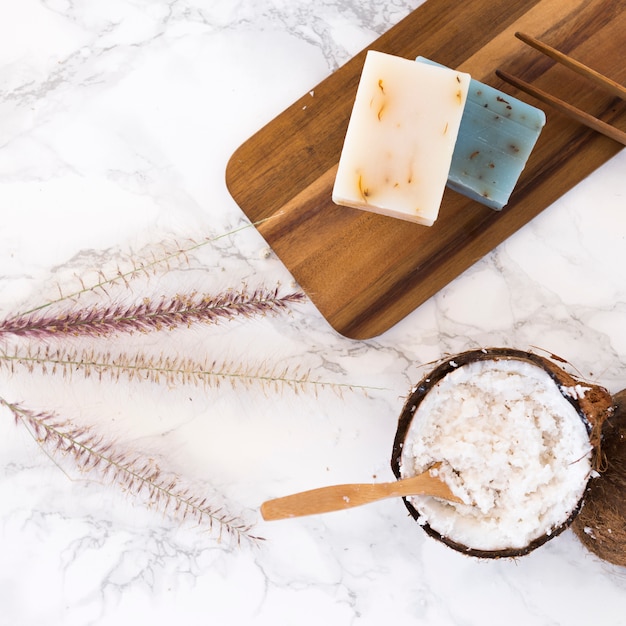
Are you hesitating to flash a big, joyful smile because you’re self-conscious about the color of your teeth? Don’t worry – modern dentistry has made great strides in helping people regain their beautiful smiles. One of the most exciting developments is cosmetic dentistry, particularly teeth whitening services.
If you’re not familiar with teeth whitening, let’s break it down. Basically, teeth whitening lightens the color of your teeth by removing discolorations and stains. It’s one of the most sought-after cosmetic dental treatments. It does more than improve the look of your teeth; it boosts your confidence too. However, remember it’s not a one-and-done deal; you’ll need several visits to keep your teeth nice and bright.
So, what makes teeth appear yellow or discolored in the first place? Your tooth has a hard outer layer called enamel, whose color combines with the layer beneath (dentin) to give your teeth their unique color. Enamel’s thickness and smoothness is influenced by your genetics. For example, if you have thin enamel, the color of dentin shows more. And if your enamel is smooth, it reflects light differently.
Your lifestyle also contributes. Teeth accumulate new coatings every day that can absorb stains. These stains or yellowing can come from tobacco use, consuming dark-colored drinks like tea, coffee, red wine, or cola, not taking proper care of your teeth, and just natural aging. Over time, enamel thins and dentin darkens.
There can also be deeper stains within the tooth referred to as intrinsic stains. These stains can be caused by too much exposure to fluoride, certain antibiotics, or medications taken during pregnancy or at a young age. Surface whitening is not as effective for these deeper stains.
Preparing for a tooth whitening procedure can include treating cavities and other dental issues in advance. Otherwise, the whitening solution can seep into these problem areas, possibly causing teeth sensitivity or uneven coloring.
To start the whitening, the dentist first captures pictures of your teeth, examines them, asks you about the cause of staining, and then cleans them thoroughly. After that, the actual whitening process can begin.
So how does the whitening happen? The details can vary, but the most common procedure called “vital whitening” involves putting a hydrogen peroxide gel directly on the teeth. The treatment can be done at home or at the dental clinic, depending on the severity of the discoloration and type of product used.
The process can take 30-90 minutes in total, and you may need 1 to 3 visits for just one session. A protective substance might be placed on the gums around the teeth, and the whitening agent will be applied. Sometimes, the dentist uses light or heat to activate the bleaching agent. For some cases of severe discoloration, you may need to continue the process at home for a few days or weeks.
For the at-home process, the dentist makes customized mouthpieces from impressions of your teeth. You fill the mouthpiece with a whitening gel and wear it for a few hours. Of course, you can also buy over-the-counter whitening products or toothpaste, but they might take a bit longer to work than the treatments your dentist provides.
For teeth that have undergone a root canal treatment, a procedure called “non-vital whitening” is needed. The difference here is the staining starts from inside the tooth due to dead nerves. Your dentist will place a whitening agent inside the tooth and suitably seal it. The tooth remains that way until it reaches the desired white color.
Remember, it’s always important to consult with your dentist before undergoing any dental treatment to make sure you choose the best solution for your specific needs.
via: Addison Dolan, content creator and dental health enthusiast.









